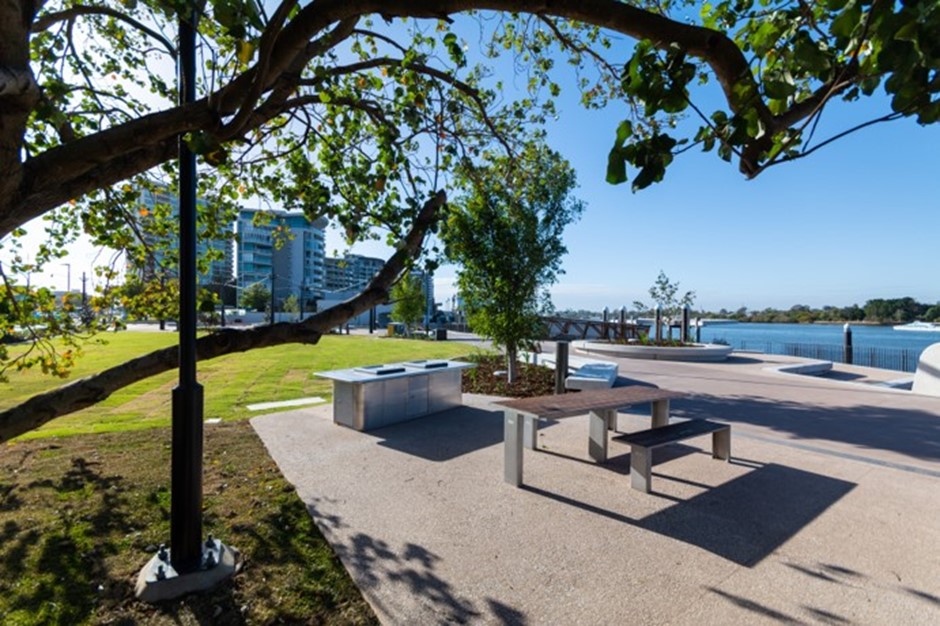Supporting and enhancing opportunities for inclusion for everyone
Outdoor spaces and events are valuable areas of community. These spaces bring community together to experience, interact and develop. They provide opportunities for recreation and play, health, cultural and spiritual experience, and life balance. Community outdoor spaces and events should be accessible to enable everyone to enjoy the benefits available.
To truly develop an outdoor space or event that benefits all, it is important to understand what the community wants and expects from this place. With many stakeholders, there are many needs and expectations to consider.
As access consultants we work closely with the design team and the stakeholders, especially people with lived experience of disability, to understand the diverse range of needs. In designing these spaces, we refer to the Disability Discrimination Act (1992) Section 24 whilst also acknowledging that the requirement to meet the objectives of the DDA and technical benchmarks may vary as projects like these are not governed by building code legislation.
Section 24 makes it unlawful to discriminate against people with a disability and their associates in regard to the provision of Goods, Services and Facilities.
- accessing public places – such as parks, government offices, restaurants, hotels or shopping centres
Using our knowledge of the legislation, principles of universal design and consulting with people with lived experience, a set of design principles can be developed to assist with the design and assessment of the project.
Relevant Australian Standards and Government Policies, Building Codes where applicable and Federal legislation can be used to achieve minimum compliance for people with disabilities from a technical aspect, as a baseline. Wherever possible, enhanced outcomes can be sought in line with the spirit and intent of the Disability Discrimination Act (DDA). This is done through stakeholder engagement, culminating in the provision of a well thought-out physical, economic and social environment to enable equality, opportunity, participation and inclusion for all.
Key Access Elements to consider:
- Parking and drop-off areas
- Pathways, crossings and road/street treatments
- Transport infrastructure and interface
- Street furniture and picnic facilities
- Structures and shelters, rest areas
- Planting and parkland areas
- Integrated and innovative public art types and opportunities
- Interpretive and wayfinding signage
- Lighting
- Event opportunities
- Bike ways
- Play Spaces
- Amenities
Patricia Flores, Queensland Unit Manager, Senior Access Consultant
